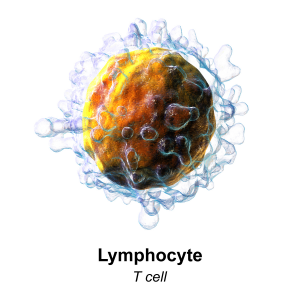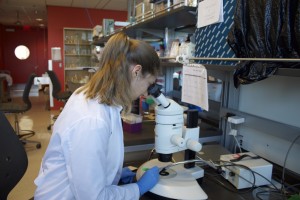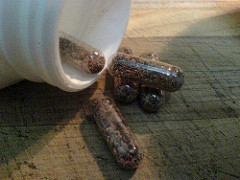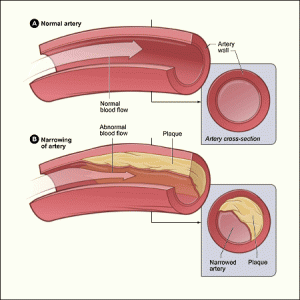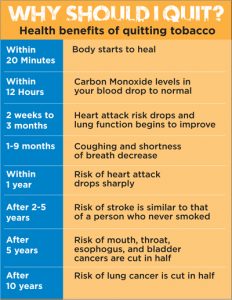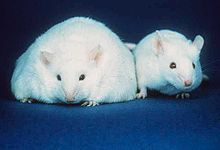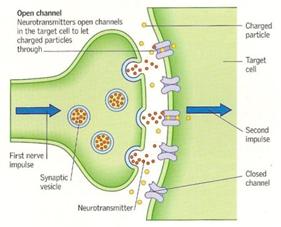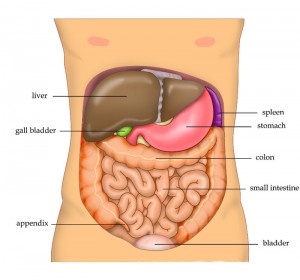Perhaps contrary to our believes, science is a work in progress, it always has been. The right ideas don’t just pop up in people’s dreams , serendipity is not here to save the day every day. Paradigm shifts don’t happen all the time, more than often hypotheses after hypotheses are proven wrong before a right one will come up. Wrong science is not necessarily bad science, and this paper, although in the wrong, will prove the point.
In 2015, Prof. Daniel Coombs , a mathematical biologist, and his research team at the University of British Columbia published a paper regarding a mathematical model. This model aims to predict the time take for a T-Cell to reach an Antigen Presenting Cell (APC) within a Lymph Node. Although the model failed to do it’s intended job, none of the works will be wasted. Many of the works still provide a solid foundation for future works such as an even simpler models to help better understand our immune system
Before we continue, we have to understand the basics of the human immune system. A T-cell is a type of a white blood cell that goes out and searches for pathogens. During an infection, APCs such as Dendritic Cells will take up parts of a pathogen (antigen) and move to the lymph node to wait for a matching T-cell. A T-cell will get activated by binding to an APC and proceed to activate B-cells which produce antibodies, subsequently destroying the pathogens. Thus, for our immune system to start functioning, a T-cell must come in contact with the APC that has the matching antigen.
The following video will help explain how Coombs and his colleagues devised their model for predicting the time a T-cell needs to find an APC.

Source : SCIE300 Group 2
Credit to: Daniel Coombs, Alana Lee, Ivan Fong, Ryan Tran and Shayini Kanageswaran
To recapitulate, this model is characterised by having only four parameters:
- Radius of the lymph node – R
- Radius of APC – r
- Diffusive constant – D
- Boundary trapping parameter K.
r is very small compared to R, larger D equals faster the T-cell movement, and K ranges from 0-1.
This is very impressive since according to Coombs, previous models rely on at least 15 parameters to predict the exact same biological phenomenon. Were this model to correctly predict the time a T-cell will take to reach an APC, it would be at the forefront of its field. But as we have not-so-subtly hinted previously, this was not the case. The predicted time was too long compared to reality.
However, the simplicity of this model is where it excels. While other models which gave more accurate results were very complicated to compute with top of the line machines, this model can be hand computed. This model also managed to do this without losing its integrity on explaining the mode of action of a T-cell when finding an APC within a lymph node with only 4 parameters.
The following podcast contains information on the limitations, further research and improvements and our personal questions about the study.
Credit to: Daniel Coombs, Ivan Fong, Alana Lee, Ryan Tran and Shayini Kanageswaran
-Shayini Kanageswaran, Ivan Fong, Alana Lee and Ryan Tran

